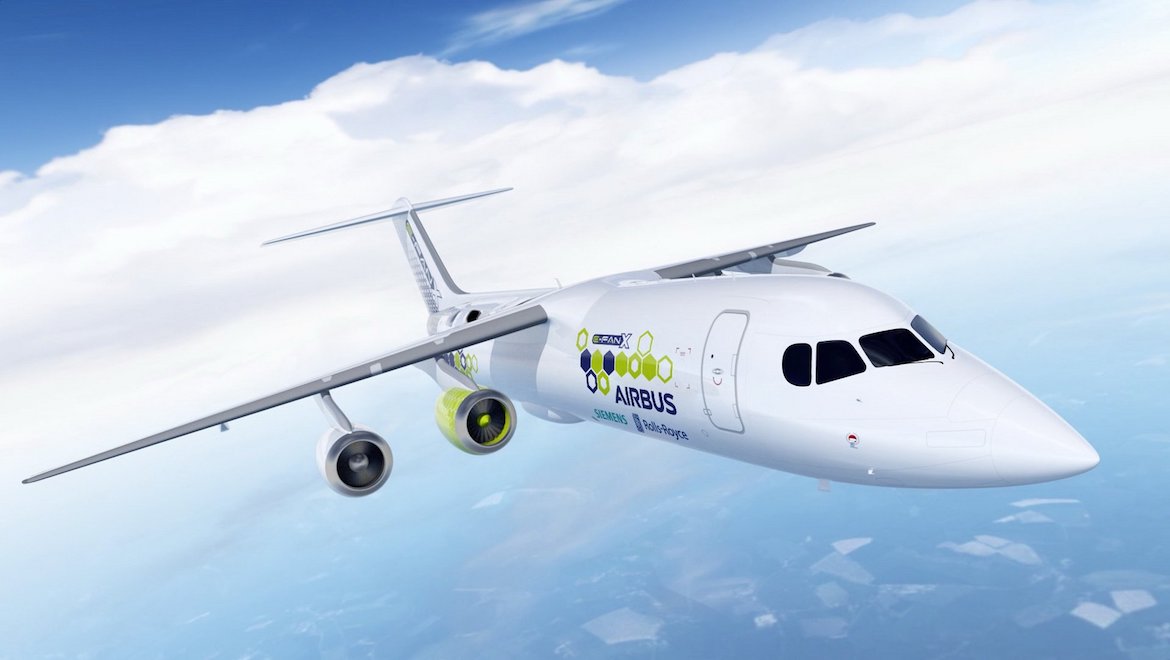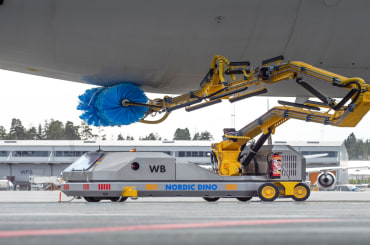
On the second day of the Paris Air Show, when seven major aviation chief technology officers highlighted the need for revolutionary new technologies to create a sustainable “third age” future for the industry, Siemens agreed to sell its eAircraft electric and hybrid-electric aviation propulsion business to Rolls-Royce.
Siemens explained the transaction as part of efforts to “sharpen its portfolio’s focus”.
“Our eAircraft team, under the leadership of Frank Anton, has made aviation history several times in the past ten years and is a pioneer in electric and hybrid-electric systems for aircraft,” Siemens’ chief technology officer and chief operating officer Roland Busch said in a statement.
“With Rolls-Royce, we’ve found a perfect home for this business and have placed its expertise in the hands of one of Airbus’ close partners. We will continue to cooperate with Rolls-Royce, in particular by making our digital solutions portfolio available in order to facilitate this major step toward sustainable, lower-emission aviation.”
Since November 2017, the two companies have been cooperating on the E-Fan X demonstrator project (see Australian Aviation’s January-February 2018 issue), a BAe 146 where one of the four engines of the “jumbolino” is to be replaced by an electric motor.
“Electrification is set to have as dramatic an impact on aviation as the replacement of piston engines by gas turbines. We are at the dawn of the third era of aviation, which will bring a new class of quieter and cleaner air transport to the skies,” Rolls-Royce electrical director Rob Watson said.
“We have already made significant strides in realising our strategy of ‘championing electrification’ and this move will accelerate our ambitions in aerospace by adding vital skills and technology to our portfolio.
“It brings us increased scale and additional expertise as we develop a product range of hybrid power and propulsion systems. I look forward to welcoming our new colleagues into Rolls-Royce and working with them to pioneer new technologies and solutions.”
The Siemens eAircraft business is based in Germany and Hungary, consisting of some 180 engineers and electrical designers working on projects including E-Fan X. Rolls-Royce expected to complete the transition later in 2019 after consulting with employees.
Some consolidation may be useful for the industry, although the outside-the-box thinking of an outside-the-industry player like Siemens may be missed.
“As part of this agreement, Rolls-Royce will look for opportunities to work with Siemens as both companies recognise the importance of helping to support national and international goals of CO2 emission reductions for the benefit of society,” Rolls-Royce said.
Echoing the words of his fellow chief technology officers from Airbus, Boeing, Dassault, GE, Safran and UTC today, Rolls-Royce’s Paul Stein said: “To support the rising demand for air travel while achieving CO2 emissions targets, the aviation industry is developing increasingly environmentally friendly technologies and practices.”
“The electrification of flight is just one part of Rolls-Royce’s commitment to making aviation more sustainable: we are continuing to increase the fuel efficiency of our gas turbines; encouraging the development of environmentally friendly and sustainable aviation fuels; and pursuing the electrification of aviation.”
Rolls-Royce’s vision? “We believe that pure electric, or all-electric, propulsion will power smaller aircraft in the foreseeable future, while larger aircraft will rely upon hybrid electric solutions that combine electrification with evolutions of the gas turbine,” Stein said, noting that the advances made in the aviation industry may well have implications elsewhere.
“Additionally, as our group technological portfolio becomes increasingly electrical with the development of hybrid electric trains and microgrids, the capabilities of this world-class team will be a vital part of the future Rolls-Royce.”
The financial terms of the deal were not disclosed.
VIDEO: Rolls-Royce chief technology officer Paul Stein talks about the E-Fan-X program in a 2017 video from the company’s YouTube channel.












